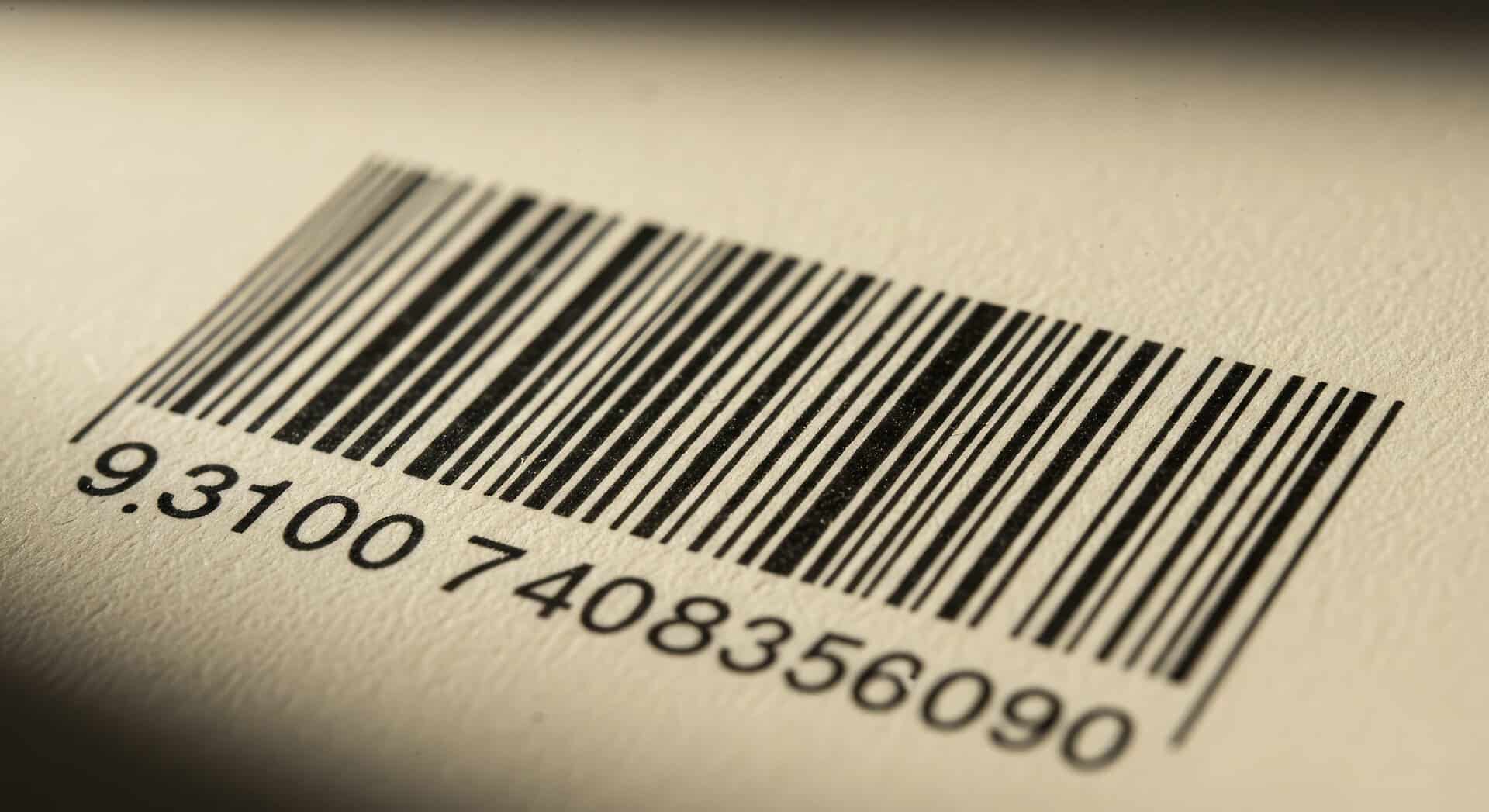While barcode labeling has proven to be a reliable way to track items across the supply chain, there are places where traditional labels simply can’t go. Exposure to extreme temperatures, chemicals, liquids, and other harsh environments can cause even the most durable label to fade, fall off, or disintegrate.
In those applications, direct part marking (DPM) has proven to be an excellent solution for traceability. In the automotive sector, where parts are frequently exposed to conditions that are decidedly unfriendly to labels, direct part marking has proven to be a valuable automatic identification approach.
In direct part marking, objects are permanently marked with product data that can include serial and part numbers, barcodes, and other information. In this way, items can be tracked throughout their entire lifecycle, and users don’t have to worry about traditional labels fading or falling off. The marks can be made using a variety of approaches, including laser marking, dot peening, engraving/milling, and embossing, and in many cases can be paired with RFID technology for even greater traceability.
In most cases, direct part marking applications use two-dimensional (2D) barcodes such as Datamatrix or QR Code, which carry much more data than linear (1D) barcodes. By using 2D barcodes, manufacturers can also identify very small items and parts.
In the automotive sector, there is an established standard (AIAG B11) for direct part marking, and a number of large auto OEMs like Ford require suppliers of certain components to use DPM for part traceability.
At Ford, for example, the manufacturer has used DPM to help manage recalls and improve product quality, as well as to improve part identification on flexible assembly lines. Because many parts are visually indistinguishable, Ford used direct part marking and scanning to ensure that the right part was used on the right production line.
By using direct part marking in automotive manufacturing, companies gain rapid access to data for improving product quality and production processes, improve supplier compliance to quality standards, and better manage product recalls. Direct part marking also supports end-to-end tracking, since the barcode and human readable data remain on the product at all times.
The benefits of direct part marking for automotive applications include:
- The ability to track items in high-temperatures and other harsh environments
- Providing more accurate and reliable part identification
- Preventing errors in just-in-sequence production
- Eliminating manual data collection approaches for inspections, inventories, and maintenance reports
- Ensuring the lifetime traceability of each part
- Enabling track-and-trace initiatives that provide chain-of-custody tracking and protect against product diversion
- Reducing or eliminating counterfeit parts by providing end-to-end traceability using a method that is difficult to duplicate, and doesn’t rely on package marking
- Enabling more comprehensive inventory management
Direct part marking is a reliable way to provide lifetime traceability of parts that are exposed to harsh environments, or for difficult-to-label parts and components. In the automotive sector, DPM has helped manufacturers improve production and quality, while also providing a way to better manage recalls. With more industries focusing on end-to-end tracking and anti-counterfeiting efforts, DPM could prove just as valuable in other industries.


